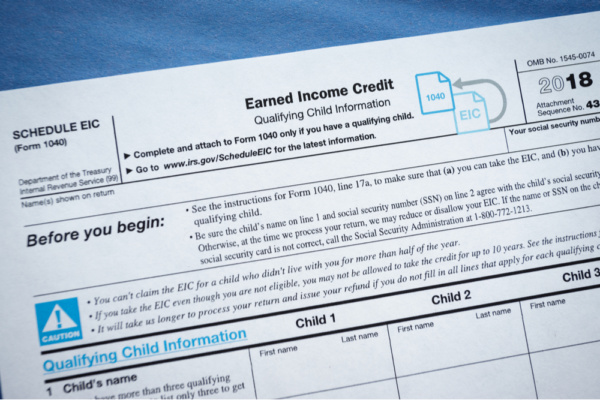 On July 15, 2021, the law in this area changes substantially. However, these changes only affect the method of child tax credit payment. Parents may now claim some child tax credit money in advance. The new IRS rules do not affect the basic eligibility requirements, which are mostly contained in Form 8332. More on that below.
On July 15, 2021, the law in this area changes substantially. However, these changes only affect the method of child tax credit payment. Parents may now claim some child tax credit money in advance. The new IRS rules do not affect the basic eligibility requirements, which are mostly contained in Form 8332. More on that below.
The child tax credit is an important component of a financial divorce settlement, so child custody lawyers in Dallas must fully account for it. If the children are small at the time of divorce, the child tax credit could amount to tens of thousands of dollars over the years. Such a large sum of money obviously impacts the just and right marital estate division which Texas law requires.
Child Tax Credit Eligibility
First, let’s look at what a 50/50 custody arrangement means in Texas. From one perspective, pretty much every custody agreement in Texas is 50-50. Theoretically, both parents usually have a right to participate in most important decisions, such as which doctor the child will see.
Pragmatically, however, the residential parent makes these decisions, at least in most cases. If a dispute results in a 1-1 tie, the residential parent casts the tie-breaking vote.
To give the noncustodial parent more of an equal say, many child custody lawyers in Dallas include specific language in the court order. For example, instead of a general statement about doctors, the paperwork could include a statement like “The children will see Dr. X.” So if either parent wants to change this designation, a motion to modify is probably needed.
All these things pertain to legal custody. Physical custody is different. Most Texas divorce time-sharing agreements use the traditional every other weekend and every other holiday division. This split usually results in about a 70/30 parenting time division. According to the IRS, “The custodial parent is generally the parent with whom the child lived for the greater number of nights during the year.” Under this definition, the residential parent is clearly the custodial parent and thus entitled to the child tax credit.
Not all time-sharing arrangements in Texas are this straightforward. Block scheduling, which is gaining popularity, is a good example. The children spend a week or two with Parent A followed by a week or two with Parent B. The cycle remains the same pretty much all year long.
However, there are usually some adjustments around major holidays. Furthermore, there is usually an odd number of overnights in a year. So, the child almost always lives with one parent “for the greater number of nights.”
If the number of overnights is exactly the same, which could happen in a leap year, the parent with the higher adjusted gross income is the custodial parent, again according to the IRS. There’s an extremely remote chance that the AGIs could be exactly the same for both parents. Frankly, we aren’t sure what happens in these cases.
Form 8332 Issues
Custodial parents may assign the child tax credit to the non-custodial parent for the current year or for certain future years. This form’s impacts are a bit more complex now. The 2017 Tax Cut and Jobs Act suspended the personal exemptions deduction through 2025.
If an exemption release is part of the property settlement, most custodial parents must release the exemption for future years and they normally must sign Form 8332 contemporaneously with the final child custody paperwork. If the situation changes later, they may use the same form to revoke a previous release and claim the tax credit for themselves.
Contact an Experienced Attorney
The custodial parent, as defined by the IRS, claims the child tax credit in a 50/50 division. For a confidential consultation with an experienced child custody lawyer in Dallas, contact Orsinger, Nelson, Downing & Anderson, LLP. Our firm has more Super Lawyers than any other organization in the Lone Star State.

